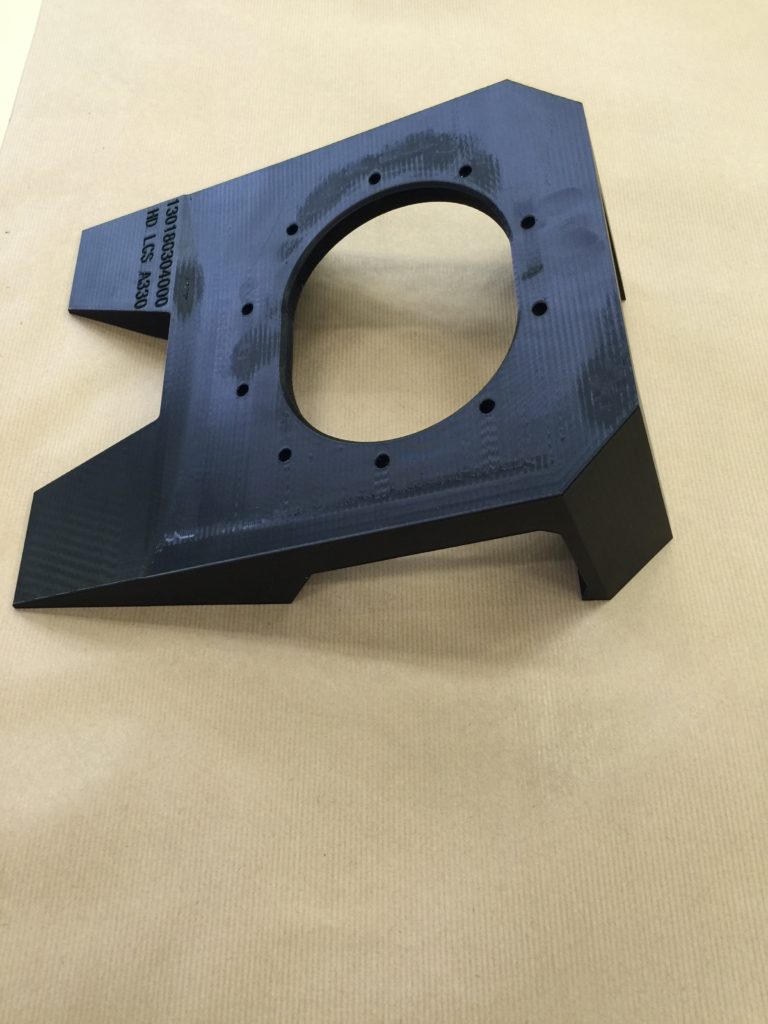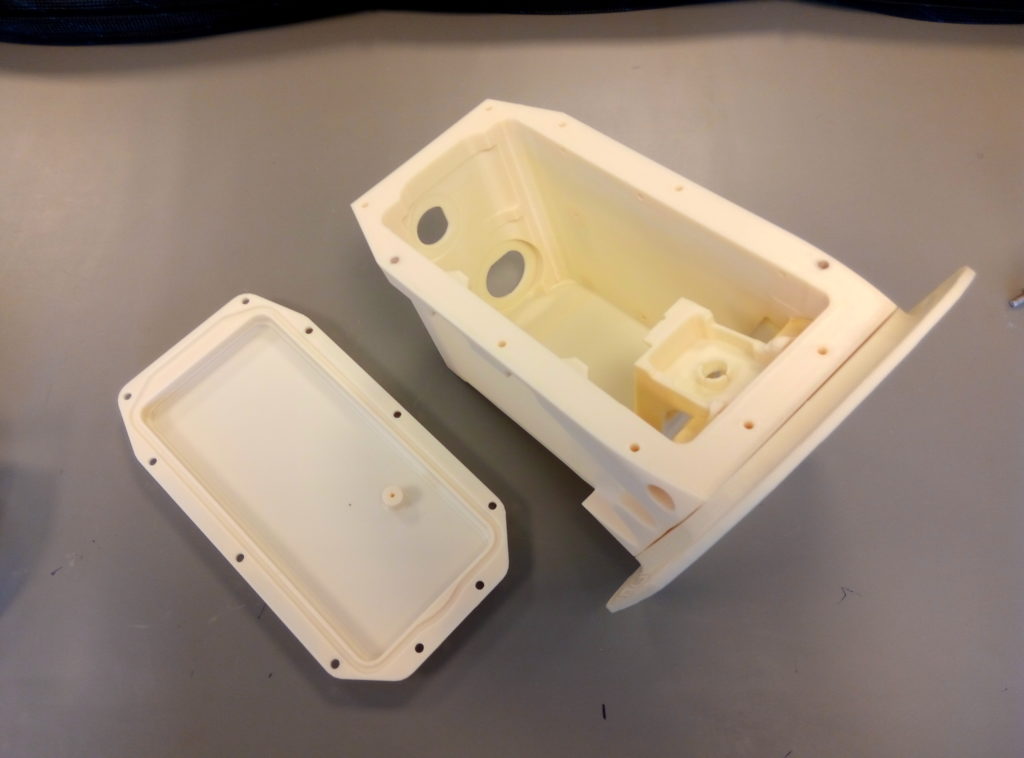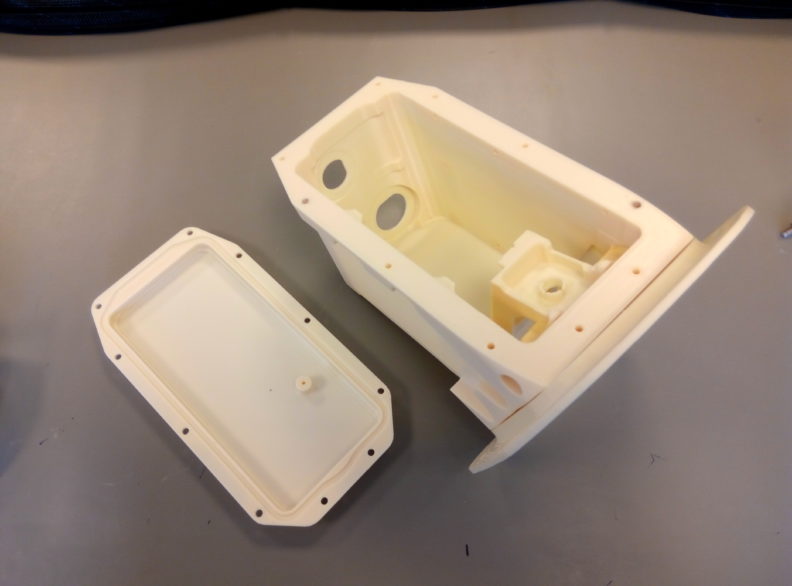French Aerospace Manufacturer, Latécoère made use of Stratasys FDM additive manufacturing throughout its design and production process, in order to accelerate the development process and improving business performance.
With the Stratasys Fortus 450mc Production 3D Printer, the company has been able to improve its rapid prototyping and production tooling. This 3D printer has proven itself for a wide range of companies in the industry.
Talking about the impact of this technology for their design and manufacturing process, Simon Rieu, Composite and Additive Manufacturing Manager at Latécoère’s R&D and Innovation Center, said:
“Additive manufacturing…has seen us enjoy improved lead-times, reduced costs and enhanced operational efficiency,” he says. “As the requirements of the aerospace industry become more demanding, we’re also mindful of the need to maintain our competitive edge, and Stratasys additive manufacturing enables us to meet that objective.”

Developing Design Validation
CNC machining was the traditional manufacturing technique for the the French company but this has presented limitations. “We recently produced a 3D printed prototype to verify the fit and function of a part for the interior lining of an aircraft door,” explains Rieu. “Previously, this would have been made from sheet metal – an often-time-consuming process. With our Fortus 450mc 3D Printer, we produced a fully-functional prototype in two days, reducing our lead times by a staggering 95%. Crucially this has accelerated our design validation process before committing to costly and time-consuming tooling.”

Latécoère recently 3D printed a prototype camera case for the Airbus A380 aircraft for design validation with the camera’s internal parts housed inside. Prior to FDM 3D printing, the team would have been forced to directly manufacture an aluminum camera case for testing, with any design iterations proving costly. Using ULTEM 9085 material, the 3D printed prototype is also 50% lighter than its metal counterpart, enabling more efficient functional part testing.
For further information about 3D Printing, follow us on our social networks and subscribe to our newsletter!
//pagead2.googlesyndication.com/pagead/js/adsbygoogle.js
(adsbygoogle = window.adsbygoogle || []).push({});






